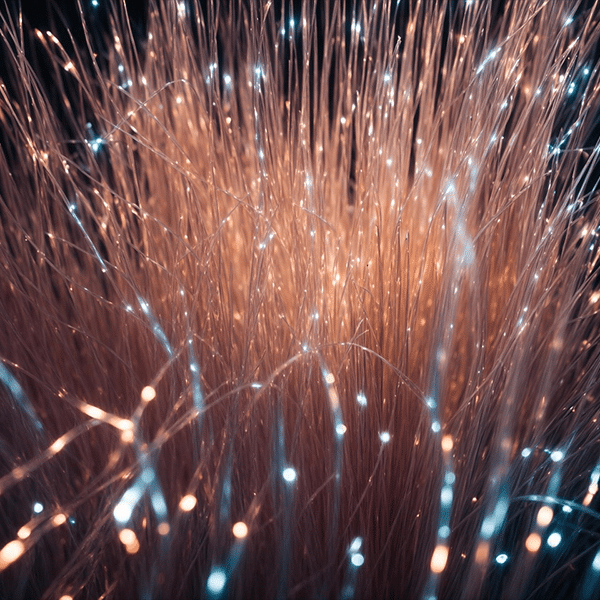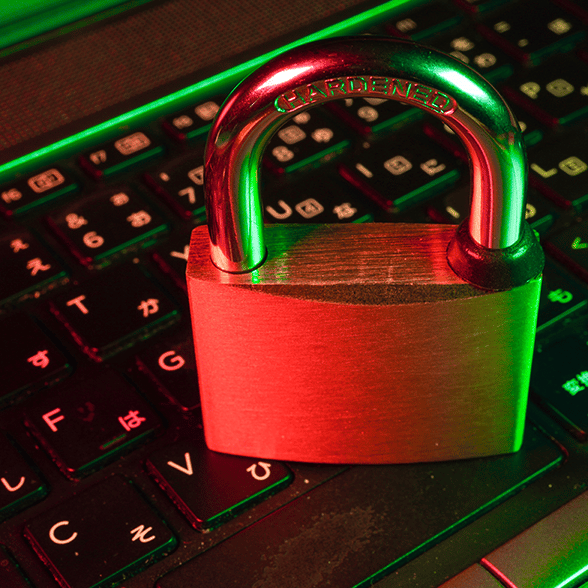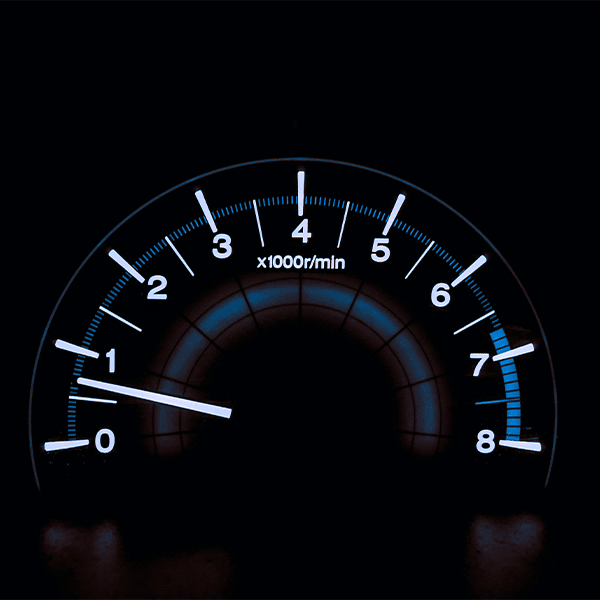A new report from Reviews.org shows that Rhode Island is the best state for fiber availability, with the technology available to 80.19% of households. Conversely, the worst state is Alaska, with the technology available to only 9.18% of households. The information is based on data contained in the Federal Communications Commission’s (FCC) National Broadband Map.
The report also notes that 46% of American homes have access to fiber, compared to 82% that have access to cable internet.
With Alaska topping the “worst” list, it’s not surprising that rural areas are especially underserved when it comes to fiber access, and the high cost of deploying fiber networks poses a major roadblock to making it accessible nationwide.
Other states in the bottom 10 for fiber availability were:
- New Mexico: 18.15%
- Arizona: 21.34%
- Michigan: 25.99%
- Nevada: 26.27%
- West Virginia: 28.87%
- Montana: 30.33%
- Wyoming: 30.62%
- Illinois: 30.85%
- Idaho: 31.50%
The top 10 states were:
- Nebraska: 68.50%
- Connecticut: 64.25%
- North Dakota: 63.66%
- New Jersey: 63.15%
- New York: 62.91%
- Tennessee: 61.42%
- Kansas: 60.45%
- South Dakota: 60.36%
- Utah: 59.88%
“It’s not surprising that 6 out of the 10 states with the least fiber availability also receive the most federal funding per state resident to improve internet access through the BEAD program,” according to Reviews.org. “Michigan ranks in 4th place for the least fiber availability and also has gotten earmarked for the 4th highest total BEAD funding out of all the states.”
Though the report touts fiber, there are signs that the Trump administration may be de-emphasizing the technology.
United States Commerce Department Secretary Howard Lutnick told his staff earlier this week that he wants to make changes to the Broadband Equity, Access, and Deployment (BEAD) Program guidelines to make the program “technology-neutral,” opening the path for what the National Telecommunications and Information Administration (NTIA) has defined as “alternative technologies.”


